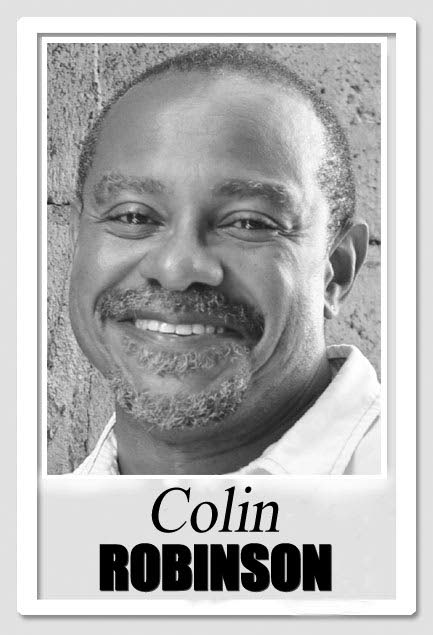Learning from play

I played a game this week that we all should. It wasn’t my first time. But it was playing the vintage version.
Frankly, it’s a game we all play in real life fairly often. I first played the game version back in 2012, with the Media Association. In a Hilton meeting room that January, we responded to different scenarios about opportunity by having to step up or step back, based on who we were playing. Reflecting on why, what it meant, and sitting with how it felt to move to the front of the room or remain stuck at the back.
It was a training for journalists about gender, its key presenters were from the Institute for Gender and Development Studies (IGDS) from UWI’s St Augustine campus. They included me to offer some insights about LGBTI coverage. That was how I was there.
I wasn’t writing in the press yet. Though how I ended up a newspaper columnist is a sub plot to the game story. One IGDS presenter challenged the print press that there should be a periodic LGBTI-focused columns in the local media to raise public awareness. And that’s how one daily paper editor in attendance, who seemed interested, got a pitch from me nine months later, which I didn’t decide to turn into a column for another year.
But back to the game. This weekend I played it at IGDS, using a version whose ageing cardboard dice—the masking tape on their seams flaking onto our floor—had been thrown from the hands of feminists across the Caribbean of all ages before mine.
The game is a tool fellow columnist Gabrielle Hosein, now IGDS head, has used for over a dozen years to teach activists lessons about building community movements. It’s probably the most profound way we learn: through play. And the game teaches lessons about a host of things. Decision making. Scarcity. Sustainability. What winning is. Situational analysis. Communication. Strategy. Politics.
Still in its original low-resource format, it consists of a series of worn brown envelopes laid out in masking tape squares created on the floor that each team rolls a homemade die and counts off, opening the envelope on the square they land on. Inside is a scenario on a page dealing with a social justice issue that offers several choices as solutions or ways forward. As teams play, they work together, figuring out how they decide which one to pick. Each choice generates different rewards in the form of steps forward or backward. Some take you steps forward, then steps back. A rationale is offered for each.
Some squares ask questions about global knowledge about women’s movements. Others provide chances to skip forward. Yet others prompt team activities.
We played and talked for three hours, this team of LGBTI activists from around the Caribbean we hosted in a transformational leadership-building institute. The game’s ragged simple design offered us one of the most impactful and complex learning tools of the week, more so than the bright PowerPoint presentations we moved forward on the classroom screen with the wireless mouse.
The way to win the game is to learn the most, Gabrielle revealed.
Playing it also revealed how much is deeply flawed about the test-taking framework that drives our entire educational system. Earlier in the week one of Gabrielle’s colleagues told a story (I promised not to share) of sharing having taught a Cabinet member. Someone promptly asked the minister: Did you pass? The curiosity was not what he had learned.
When we were done with it this week, the game packed back up into a shopping bag for the future journeys it will make around the Caribbean. The way players are challenged to care for its fragility is a deliberate ecological lesson. But it provokes another economic one: what are we doing with our innovations and so-called cultural industries. Why hasn’t this treasure been pushed into more durable replication and wider accessibility?
Two years before I first played the game, one of Gabrielle’s students had showed up at a meeting I was leading, with a group of others, which made us all a little nervous. Two of them ended up months later leading a youth protest against a mission by a foreign sexual orientation conversion ministry that failed to attract more Christian youth than protesters – two maxis full – to their Cocoyea revival. At the initial meeting, a new round of introductions was prompted by the arrival of the young people, who ended up scattered across the room. In their turn to talk, each spoke about wanting to be an LGBTI ally; by the third, our eyes began to moisten and throats lump.
I’ve long come to recognise how IGDS has taught a generation of young people to think and act differently about justice. But this week’s game taught me how little those lessons—like respect—are learned by instruction.


Comments
"Learning from play"